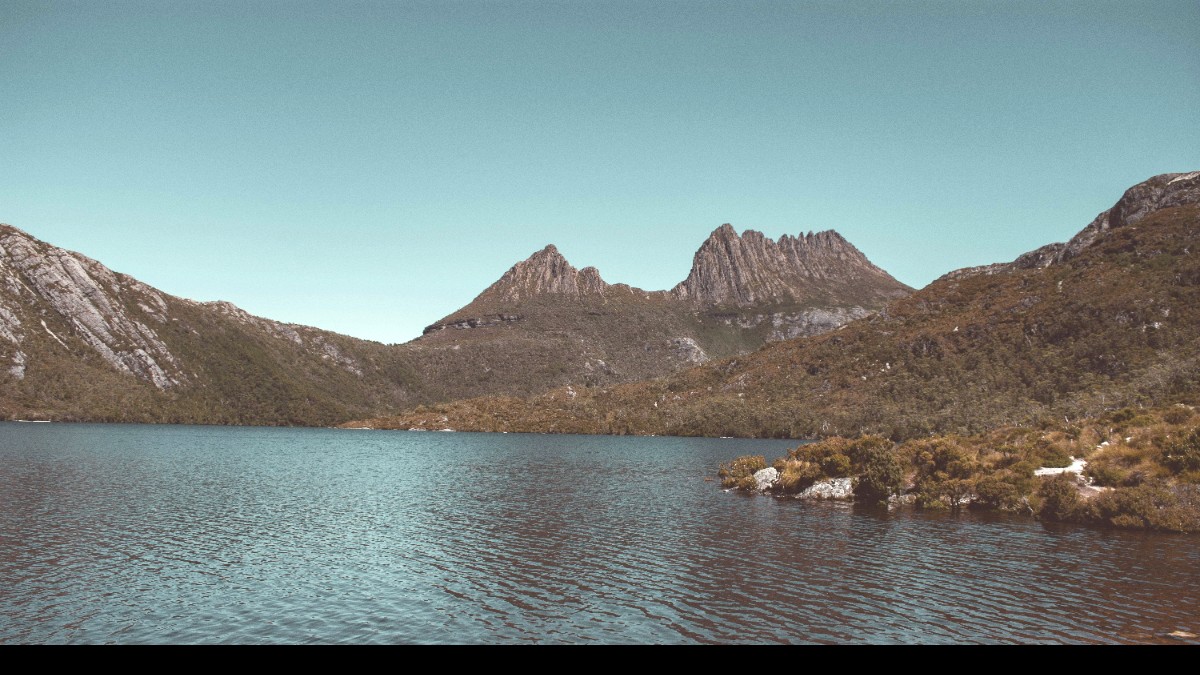
Tasmania, Australia
The entire region forms a significant part of the Tasmanian Wilderness World Heritage Area, known for its natural splendor and cultural heritage. The mountain itself reaches 1,545 meters (5,069 feet) above sea level.
Travelers typically arrive by road. Launceston is about a 2.5-hour drive away, and Hobart is roughly a 4.5-hour drive.
Nearby towns include Sheffield to the east, known for its outdoor murals, and Strahan, a historic port town to the west.
The land around Cradle Mountain has been home to Aboriginal Tasmanians, the Palawa people, for thousands of years. The Big River and North West Aboriginal nations used this area for hunting and gathering.
European exploration and settlement began in the 19th century. Conservation efforts gained momentum, notably through the work of Gustav Weindorfer, who built Weindorfer's Chalet at Waldheim in 1912 and strove to protect the area.
Traditional lands of Palawa people, used for hunting and gathering.
Gustav Weindorfer builds Weindorfer's Chalet at Waldheim.
Cradle Mountain-Lake St Clair National Park officially established.
Park becomes part of the Tasmanian Wilderness World Heritage Area.
Global recognition for natural beauty, geological processes, and rare species.
The Tasmanian Wilderness World Heritage Area designation acknowledges the park's global significance for its natural beauty, ongoing geological processes, and as a refuge for rare species.
The park hosts a diverse ecosystem, including ancient fagus trees, endemic species, and various marsupials like wombats, wallabies, and Tasmanian devils.
The rugged peaks and glacial lakes are evidence of past geological activity, including ancient glaciations that carved the dramatic landscape.
Cradle Mountain weather changes quickly, even within a single day. Precipitation occurs throughout the year, with average annual rainfall exceeding 2,000 mm (79 inches). Wind acts as a significant factor.
Always check the forecast and prepare for varying conditions, regardless of the season.
Warmest, longest daylight. Temperatures 8-18°C (46-64°F). Trails generally open, but rain common.
Cooler, stable weather. Temperatures 4-13°C (39-55°F). Fagus turns golden late April/early May.
Cold, wet, and snowy. Temperatures -1-7°C (30-45°F). Unique snowscapes, challenging trails.
Highly unpredictable weather. Temperatures 2-11°C (36-52°F). Expect snow, strong winds, sunshine, and wildflowers.
For tourism or visiting family, allows stays up to 3, 6, or 12 months. Apply online.
For eligible passport holders (e.g., USA, Canada, Japan, EU). Apply online, usually granted instantly. Multiple entries, max 3-month stay per entry.
For eligible European passport holders. Free, similar to ETA. Multiple entries, max 3-month stay per entry.
A booking and fee apply for walking the Overland Track from October 1 to May 31. Book well in advance.
Guided tours or commercial photography may need specific permits, usually handled by the operator.
No specific vaccination requirements for Australia, unless travelling from a yellow fever risk country.